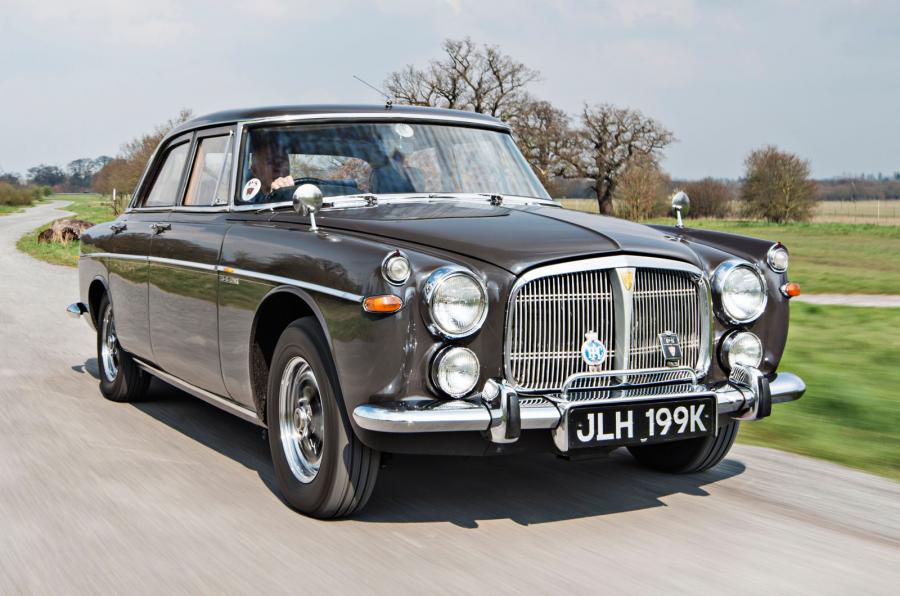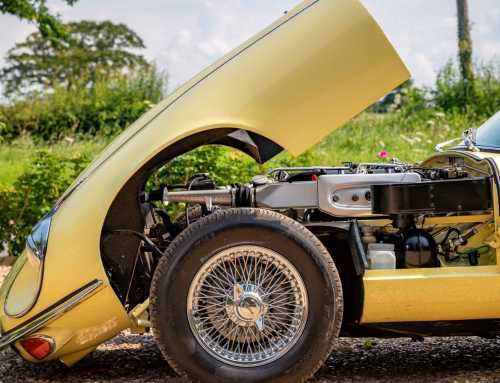Sometimes people assume that once their vehicle has passed the 40 year age mark, then it’s no longer a legal requirement to have an annual MoT. While this is correct, it does not happen automatically. You must first prove that your vehicle is exempt by registering your classic car as a Vehicle of Historic Interest.
How to Make a Declaration
By declaring your classic car as a Vehicle of Historic Interest (VHI), you are letting the DVLA know that your vehicle is now exempt from an MoT. In order to do this, you will need to take a trip to your local Post Office and ask for a V112 declaration form. Alternatively, you can download a copy of the V112 form by clicking here. Complete the form, and return it to the DVLA via the Post Office.
It’s important to remember that there are a number of exemptions to these new MoT rules, and that it’s entirely the responsibility of the owner to make sure that their classic car meets the required criteria for a VHI.
What Are The VHI Exemptions?
You will still need an MoT for your classic if:
- Any substantial changes have been made during the last 30 years. You cannot declare your classic as VHI if you are unsure wether or not your classic has been substantially changed.
- It’s a commercially used vehicle registered before 1960 with eight or more seats, or a bus used as a public service vehicle.
- It has an unknown registration date (usually inferred by a ‘Q’ prefix on the registration).
- It is a kit car which has been assembled using components from different makes and models.
- It is a “reconstructed classic vehicle”, as defined by the DVLA.
- It is a conversion kit car, where older car parts have been added onto the kit of a manufactured body, monocoque bodyshell, or chassis. Or it is a conversion kit car where new parts have been added to an existing vehicle.
You will not be able to declare your classic as a Vehicle of Historic Interest if any of the above criteria are met.
What Is Considered a “Substantial Change” to a Classic Car?
This is the most common question we hear when people are looking to declare their car as a Vehicle of Historic Interest.
For the DVLA, this means that there must be no considerable changes from the original specification of the vehicle. If, in the past 30 years, the technical characteristics of the main components have changed, then the vehicle cannot be declared as a VHI.
Key changes which affect exemption include:
- Change of engine (unless it’s the same basic engine, with alternative cubic capacities)
- Changing the monocoque bodyshell, or the chassis, including subframes (unless it’s a replacement of the same pattern as the original)
- Changing the running gear or axles (but only if the method or type of suspension or steering is altered)
Acceptable modifications include:
- Using alternative parts when the original parts are no longer readily available
- Changing the running gear or axles to improve safety, efficiency, or environmental performance
- Modifications made to commercial vehicles when they were being used commercially
Insuring a Vehicle of Historic Interest
While your classic car may be exempt from an MoT, it is not exempt from insurance. You still need to insure your vehicle, and you are still legally responsible for ensuring that your vehicle is safe and fit for purpose when you take it out on a public road.
Every insurance policy will include a clause in the terms and conditions which states that the vehicle must be in a roadworthy condition and well maintained. If you do have an accident in your vehicle, which results in a substantial claim, then your vehicle will be inspected by an engineer. The engineer will then advise the insurer whether or not the incident was due to unsatisfactory vehicle maintenance or not.







Leave A Comment